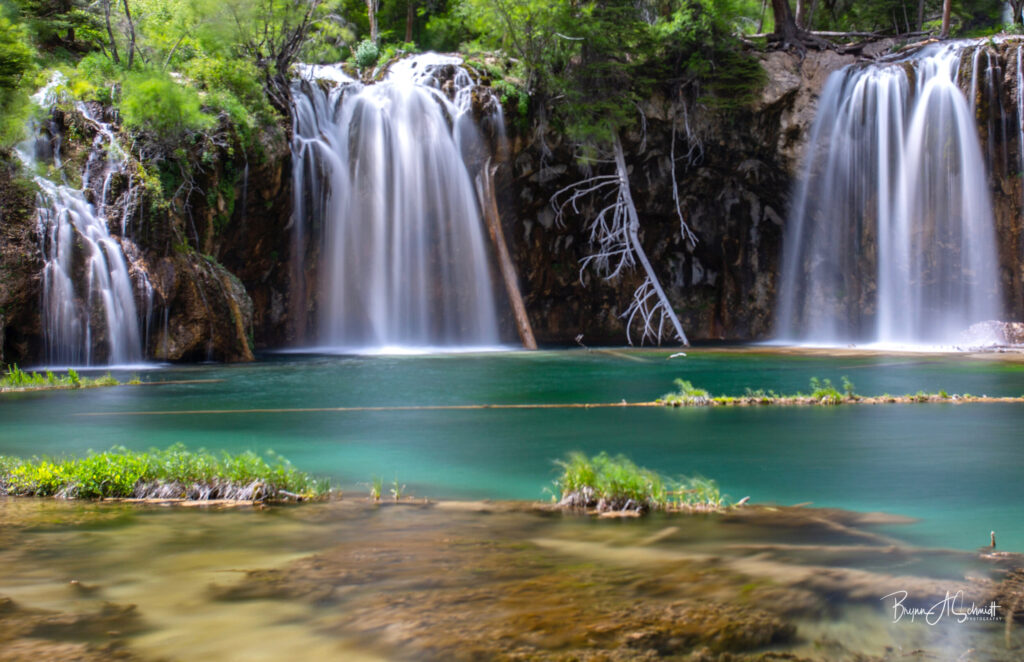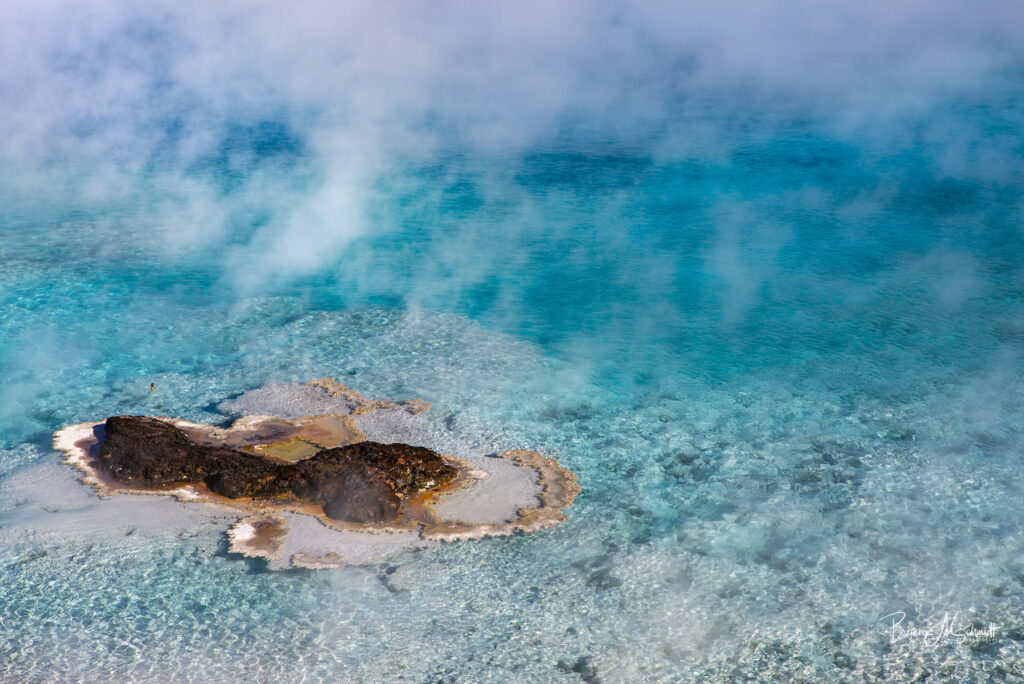
February is a time of year that many of us plan for summer. I know this is true for our family as we book campsites in national parks and start to plan for activities at our destination. This month, we are focusing on planning for your vacation and holiday travel with Nature First in mind. We will be sharing throughout the month on social media and through our community advocates and groups about why and how to plan ahead of time. Most of what we will talk about this month centers around our Nature First principle, – Educate yourself about the places you photograph. We have found there are many benefits both personally as well as for nature when we plan ahead.
““We abuse land because we regard it as a commodity belonging to us. When we see land as a community to which we belong, we may begin to use it with love and respect.” – Aldo Leopold
Why we should prepare for travel and nature photography?
Knowledge and education increases preservation. Each area we visit has unique features that require different levels of care and attention. By planning ahead, we start our travel equipped with information about the environments we visit. For example, the delicate alpine tundra should not be stepped on and we should stay on trails to not crush the fragile plant life. Along some coastlines, sand dunes should not walked on because it loosens the vegetation and damage the dunes that protects land from the ocean. If we visit a tropical location, we can learn ahead of time not to touch coral reefs and that we should only use certain sunscreens that don’t leave coral-destroying residue in the water. With a bit of education, we come prepared to our reduce impact on our natural world.

There are also a lot of personal benefits for us when we plan ahead. A few ways that some planning can help with your vacation/holiday include:
- Better use of your time on holiday/vacation
- Plan around crowds and avoid traffic, long lines, etc.
- Enhance your overall travel experience
- For busy destinations, set expectations so you aren’t disappointed
- Provide for flexibility – plan for dealing with changing weather conditions and pack accordingly
- Road/trail closures
How to prepare and do research ahead of time
- Research the areas you will be in – protected areas, national parks and monuments, private land conservation areas, World Heritage sites, etc.
- Contact parks or protected areas for information on reducing impact. Many of the places we travel to have very detailed and helpful information on their website.
- Educate yourself about the type of environments you will visit – environmentally sensitive areas such as alpine tundra, fragile coastline or wetland, geothermal areas and features – how can you make sure you don’t add negative impact?
- Call ahead and talk to rangers and protected area management – learn how to be responsible photographers in your travels. If you cannot talk to someone ahead of time, stop by the headquarters and visitor centers when you arrive.
- Determine if permits are needed for parks, parking, camping etc. For example, a popular spot in the state of Colorado is Hanging Lake. However, you cannot hike to this lake without using a shuttle service and having a permit. They sell out fast in summer. With Covid, some national parks had, and may again have, permit systems for entering. Different places around the globe will have different permitting systems in place to protect nature and lessen crowds.
- Consider traveling in off-season for better rates and less crowds and impact. We all know how effective this is when traveling in a busy European city. The same it true for the mountains, forests and seashores around the world.
- Don’t just follow the crowd – research new and different places for photography instead of taking the same shot that everyone else has – be unique and create your own memories.
- Look into volunteer opportunities to give back to places you visit – you can do this on your trip or before/after travel in some situations as well.


Resources to help with planning
- Global Sustainable Tourism Council – https://www.gstcouncil.org/
- Bee Hive- nature focused hotels and bookings – encourage the protection and love of nature – http://beeplushive.com/
- Local guidebooks
- The Photographers Ephemeris (TPE)
- Visit national park headquarters or protected area websites and visitor centers. They will have the best idea of the current problems that are happening in their area and how it can be avoided, or how you can make a difference
- Environmental organizations in community or area
Make informed and environmentally friendly decisions once at your destination
- Use your new knowledge to pick photography locations where you can leave no trace
- If there is wildlife where you are going, keep recommended and legal distances at least
- Create less impact on environmentally sensitive areas
- Purchase locally sourced food and souvenirs when possible
- Learn about the history/culture and natural significance of new places
- Act like the destination is your home – bring reusable bags and your own water bottles to refill, don’t ask for new towels/sheets every day, etc

At Nature First, we believe this preparation can help all of us have a better experience and protect nature. I personally have found that we get a lot more out of our vacations when we choose to know about places before we go. It has helped prepare our expectations at crowded parks, led to new and unique photography experiences, hikes and beaches and even to new relationships and experiences we would not have found if planning wasn’t involved. One of our family’s favorite experiences was volunteering in a native plant nursery at Glacier National Park when our boys were young. A couple of my favorite photographs come from beaches and mountain areas that were far from the crowds, providing us with unique opportunities and experiences. We hope that you are inspired to think before you travel this summer.
